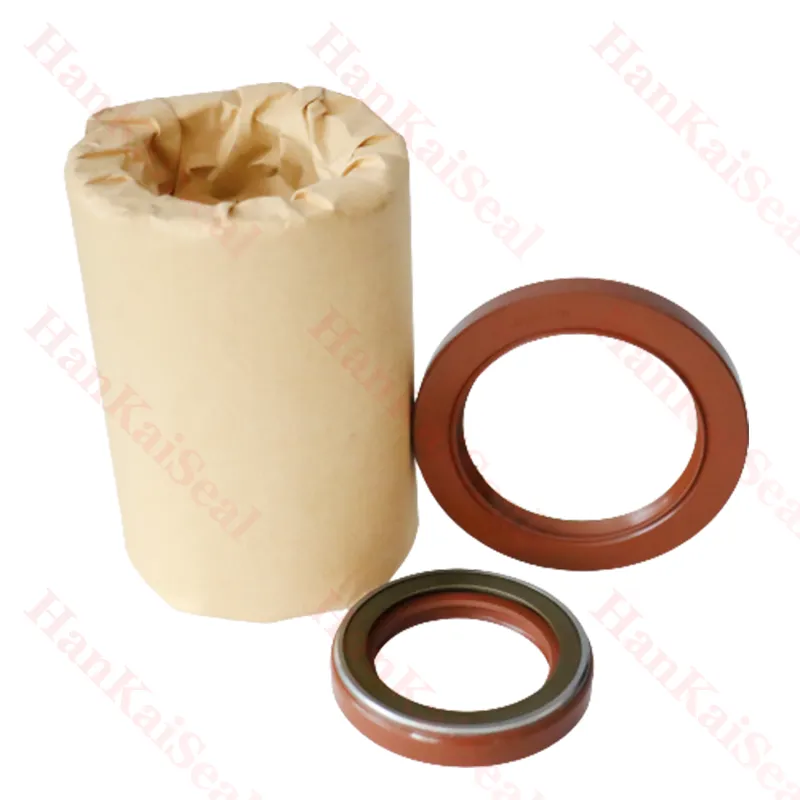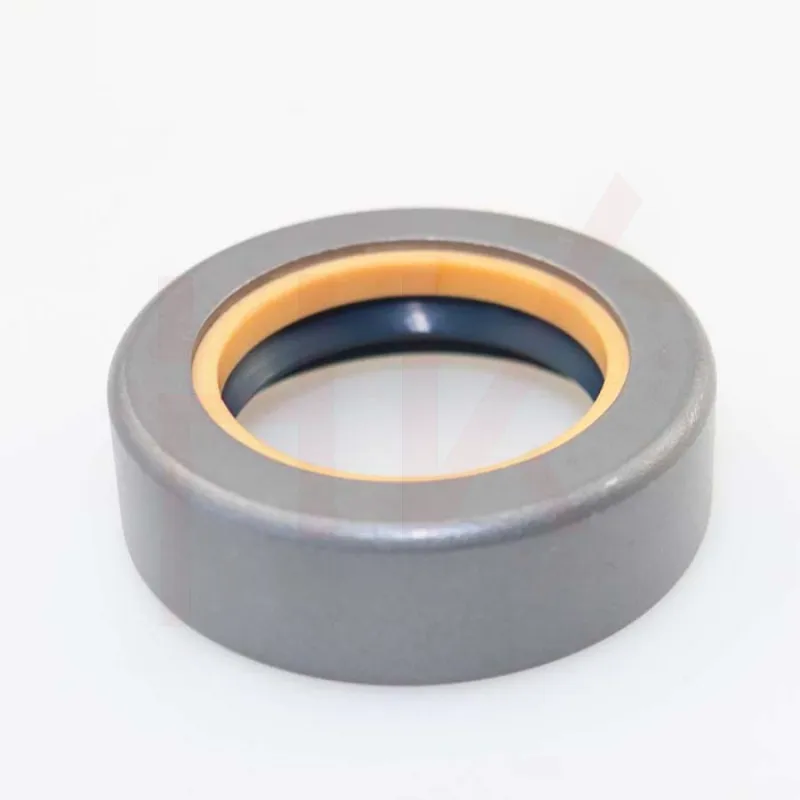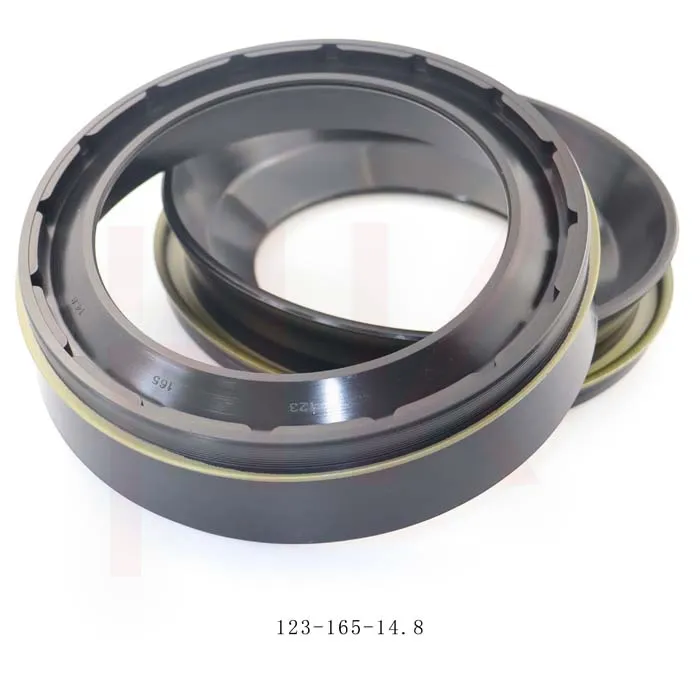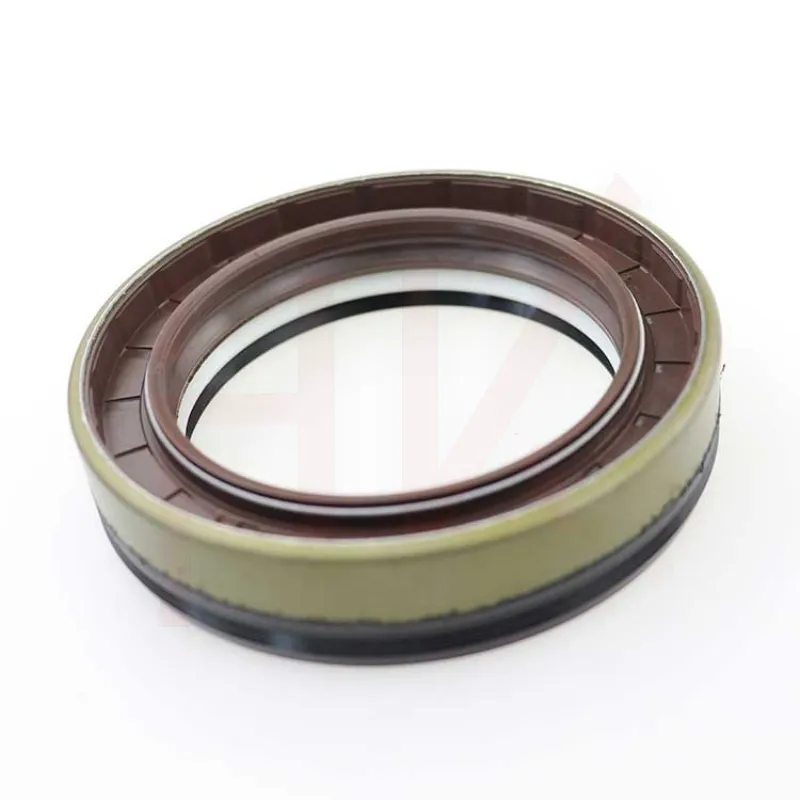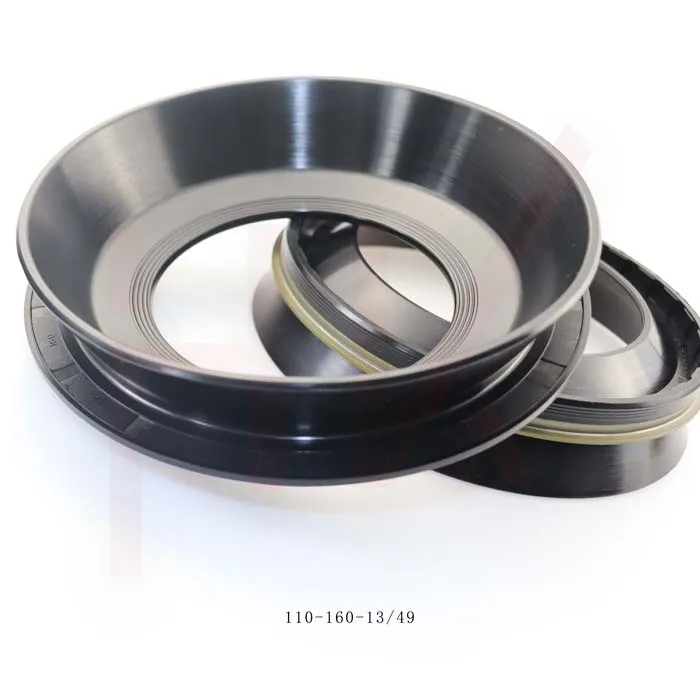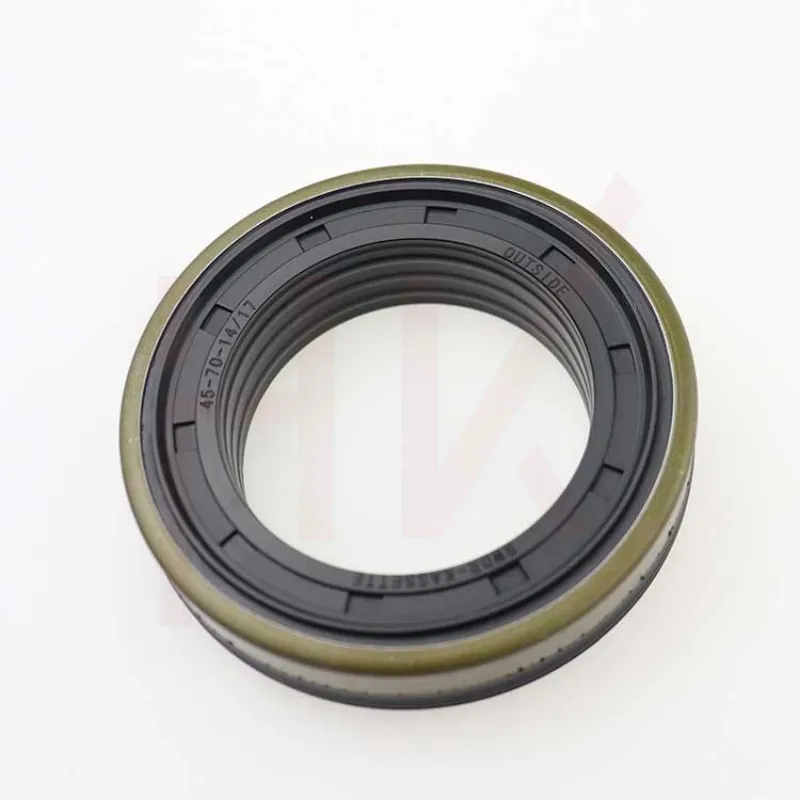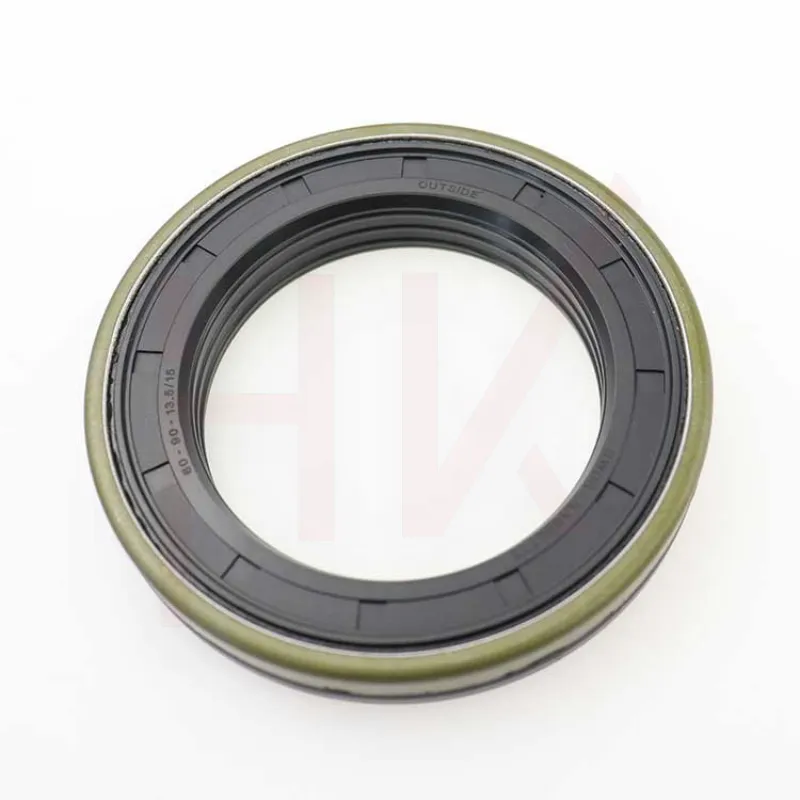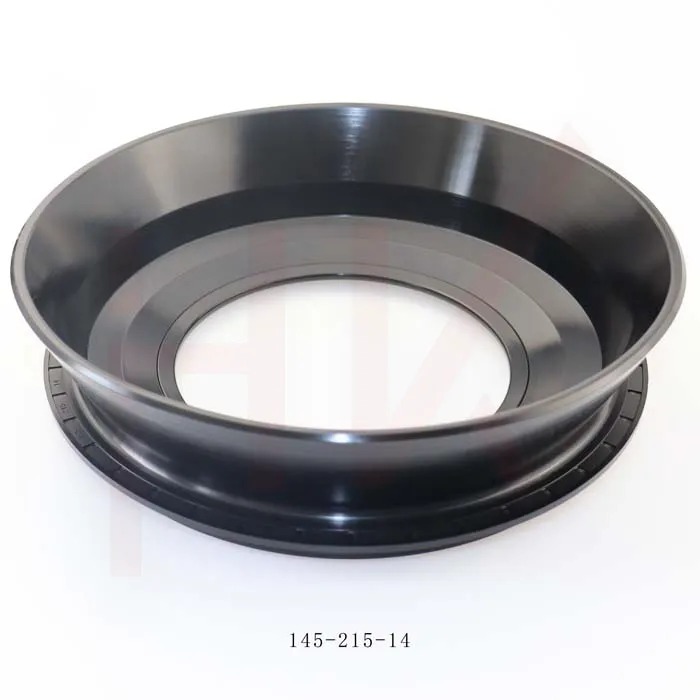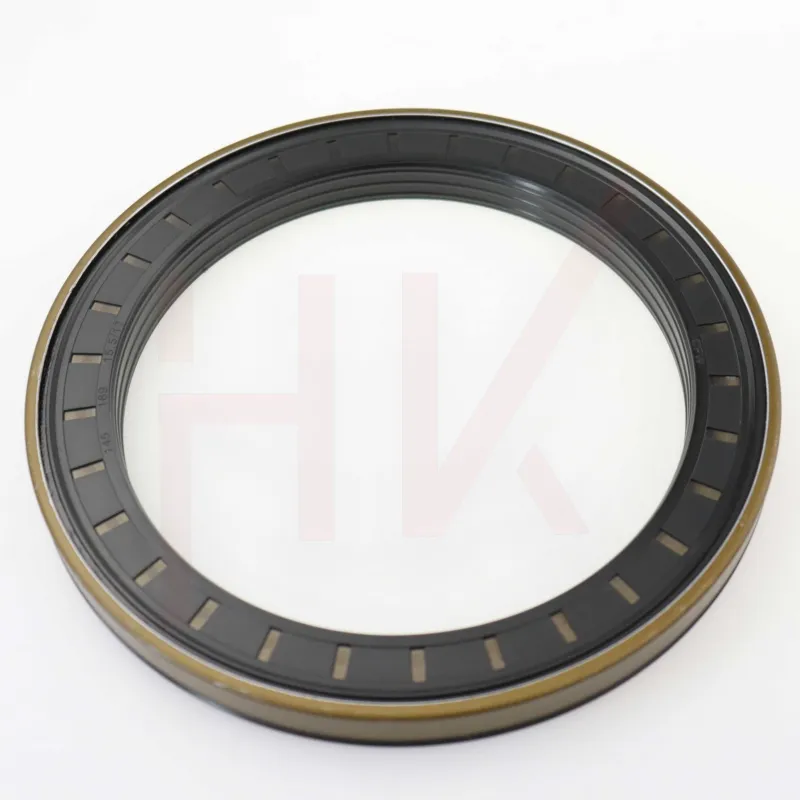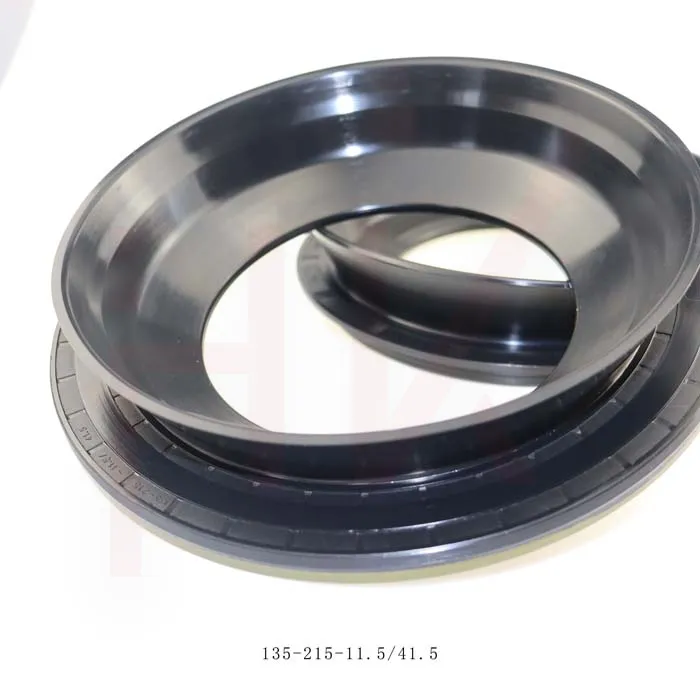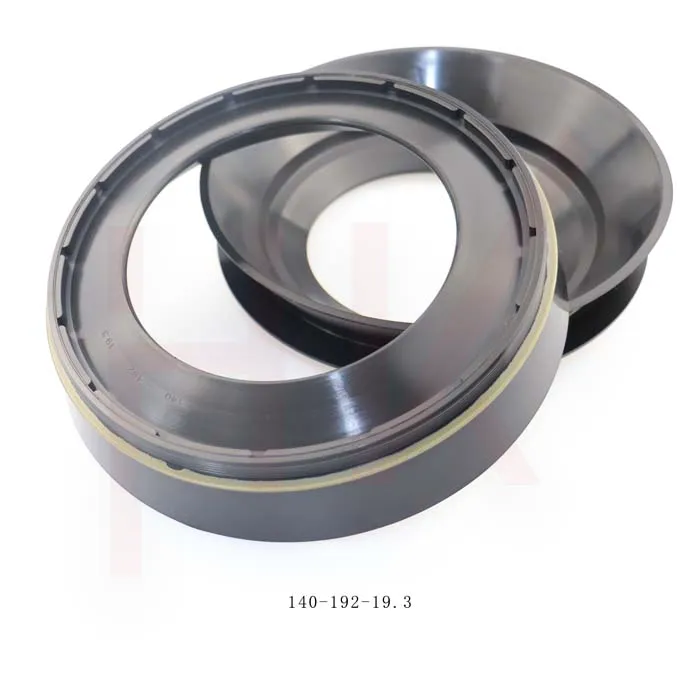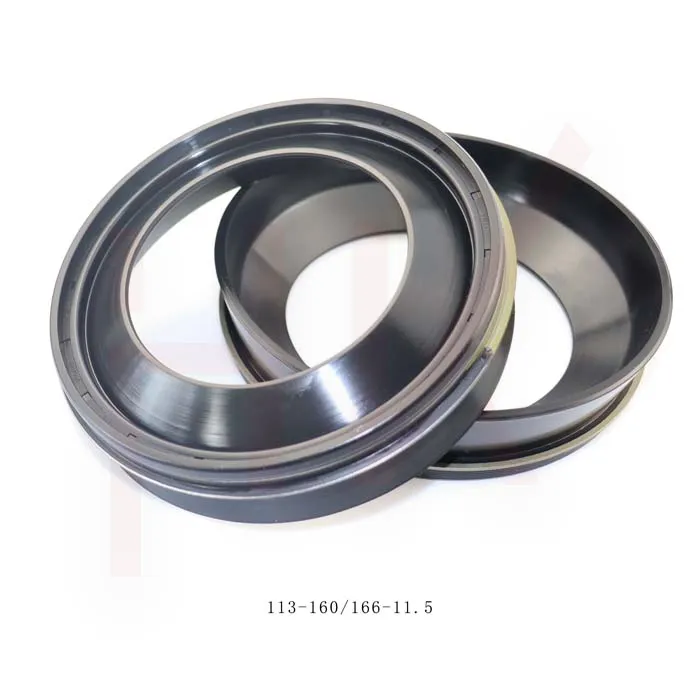- Afrikaans
- Albanian
- Amharic
- Arabic
- Armenian
- Azerbaijani
- Basque
- Belarusian
- Bengali
- Bosnian
- Bulgarian
- Catalan
- Cebuano
- Corsican
- Croatian
- Czech
- Danish
- Dutch
- English
- Esperanto
- Estonian
- Finnish
- French
- Frisian
- Galician
- Georgian
- German
- Greek
- Gujarati
- Haitian Creole
- hausa
- hawaiian
- Hebrew
- Hindi
- Miao
- Hungarian
- Icelandic
- igbo
- Indonesian
- irish
- Italian
- Japanese
- Javanese
- Kannada
- kazakh
- Khmer
- Rwandese
- Korean
- Kurdish
- Kyrgyz
- Lao
- Latin
- Latvian
- Lithuanian
- Luxembourgish
- Macedonian
- Malgashi
- Malay
- Malayalam
- Maltese
- Maori
- Marathi
- Mongolian
- Myanmar
- Nepali
- Norwegian
- Norwegian
- Occitan
- Pashto
- Persian
- Polish
- Portuguese
- Punjabi
- Romanian
- Russian
- Samoan
- Scottish Gaelic
- Serbian
- Sesotho
- Shona
- Sindhi
- Sinhala
- Slovak
- Slovenian
- Somali
- Spanish
- Sundanese
- Swahili
- Swedish
- Tagalog
- Tajik
- Tamil
- Tatar
- Telugu
- Thai
- Turkish
- Turkmen
- Ukrainian
- Urdu
- Uighur
- Uzbek
- Vietnamese
- Welsh
- Bantu
- Yiddish
- Yoruba
- Zulu
Sep . 02, 2025 17:10 Back to list
The Indispensable Role of Hub Seals in Vehicle Protection and Performance
In the complex ecosystem of automotive components, hub seals serve as silent guardians, preserving the integrity of wheel hub assemblies and ensuring seamless operation. The oil hub seal, hub oil seals axle seals, hub axle seal, hub dust seal, and front hub oil seal each play a distinct role in preventing lubricant leakage, blocking contaminants, and maintaining mechanical efficiency. These seals are not merely accessories but essential components that directly impact vehicle safety, longevity, and performance. Whether navigating urban roads or off - road terrain, understanding the functionalities of these hub seals empowers vehicle owners and mechanics to make informed maintenance decisions, safeguarding against costly breakdowns and ensuring optimal drivetrain health.

Oil Hub Seal: Preserving Lubrication for Smooth Operation
The oil hub seal acts as a critical barrier, preventing the escape of lubricating oil from the wheel hub assembly. Constructed from durable elastomers or reinforced rubber, this seal forms a tight interface between the hub and axle, resisting the centrifugal forces and vibrations that could compromise its integrity. In passenger vehicles, the oil hub seal ensures that wheel bearings remain submerged in oil, reducing friction and heat generation during high - speed travel. For example, a worn oil hub seal in a family sedan might lead to bearing failure, causing a dangerous wobble in the wheel and potential loss of control. By maintaining oil retention, this seal extends bearing life by up to 70%, making it a cornerstone of preventive maintenance for any vehicle with rotating wheels.
Hub Oil Seals Axle Seals: Dual Protection for Hub and Axle
Hub oil seals axle seals are engineered to provide comprehensive protection for both the wheel hub and drivetrain axle. Unlike single - function seals, these dual - purpose components feature a split design: one lip seals the hub to prevent oil leakage, while the other safeguards the axle from debris and moisture. In commercial trucks hauling heavy loads, hub oil seals axle seals withstand extreme pressures and temperatures, ensuring that the drivetrain operates efficiently even under sustained stress. A prime example is their use in long - haul trucks, where failure of these seals could lead to catastrophic axle damage, resulting in costly downtime. The robust construction of these seals, often with metal reinforcing rings, makes them ideal for high - torque applications where reliability is non - negotiable.
Hub Axle Seal: Strengthening the Core Connection
The hub axle seal is designed to reinforce the mechanical bond between the wheel hub and axle, ensuring precise power transmission and minimizing play. This seal is critical in maintaining alignment, especially in vehicles with independent suspension systems or high - performance drivetrains. For instance, in a sports car navigating sharp turns, the hub axle seal prevents micro - movements that could compromise handling precision. Made from heat - resistant materials like fluorocarbon rubber, these seals endure the rigors of high - speed rotation and sudden acceleration, preserving the integrity of the drivetrain. Their installation often coincides with axle servicing, as a faulty hub axle seal can lead to uneven tire wear and compromised steering response.
Hub Dust Seal: Shielding Against Contaminant Invasion
The hub dust seal serves as a defensive barrier, blocking abrasive particles, water, and debris from infiltrating the wheel hub. Constructed with a labyrinth - style design or flexible rubber lips, this seal creates a multi - layer defense against contaminants. In off - road vehicles or construction equipment operating in dusty environments, the hub dust seal is essential for preventing premature bearing wear. For example, a Jeep traversing desert terrain relies on these seals to keep sand and grit from compromising the hub assembly. The seal’s ability to withstand constant exposure to harsh elements—combined with its low - friction design—makes it a vital component for vehicles operating in challenging conditions, extending maintenance intervals and reducing repair costs.
Front Hub Oil Seal: Specialized Protection for Front - Wheel Dynamics
The front hub oil seal is tailored to the unique demands of front - wheel assemblies, which bear steering forces and weight distribution differences. Unlike rear seals, front - wheel versions often feature enhanced resistance to lateral movement and moisture ingress, making them critical for vehicles with front - wheel drive or all - wheel drive systems. In a sedan navigating rainy highways, the front hub oil seal prevents water from compromising the lubricant, which could lead to rusted bearings and erratic steering. These seals often incorporate corrosion - resistant coatings and reinforced springs to maintain tension over time, ensuring consistent performance even in harsh weather. Regular inspection of front hub oil seals is advised, as their failure can directly impact braking efficiency and overall vehicle stability.
Hub Seal FAQs
How do I identify signs of a failing oil hub seal?
A failing oil hub seal typically exhibits visible oil leakage around the wheel hub, accompanied by a grinding or humming noise from the bearing. Vibrations in the steering wheel or uneven tire wear may also indicate seal degradation. Prompt inspection is crucial, as neglected leaks can lead to complete bearing failure, posing significant safety risks.
Can hub dust seals be used in both front and rear wheel applications?
While hub dust seals share similar designs, front - wheel versions often have additional features to withstand steering forces. Rear - wheel dust seals are generally simpler in design. Using a rear seal on the front axle may compromise performance, so it’s essential to match the seal to the specific wheel position and vehicle make.
What maintenance practices prolong hub axle seal lifespan?
Regular cleaning of the hub assembly to remove debris and proper lubrication of the seal lips are key. Avoiding over - tightening during installation and using manufacturer - specified torque settings also prevent seal distortion. In salt - heavy environments, rinsing the hubs to remove corrosive residues can extend hub axle seal life.
How does weather impact front hub oil seal performance?
Extreme temperatures can cause front hub oil seal materials to harden or soften, affecting their sealing ability. Cold weather may reduce rubber elasticity, while heat can degrade lubricants. In humid climates, moisture infiltration risks increase, making corrosion - resistant seals more critical for front - wheel applications.
Are hub oil seals axle seals compatible with all vehicle types?
Compatibility varies by vehicle make, model, and axle configuration. Heavy - duty trucks require seals with higher weight capacities, while passenger cars need lighter - duty designs. Always consult the vehicle manual or a professional to ensure hub oil seals axle seals match the specific drivetrain requirements to avoid performance issues.
-
Reliable Oil Seal Wheel Hub Solutions for Industrial & Automotive Use
NewsNov.17,2025
-
Durable Front Hub Oil Solutions for Industry – HKAiSeal
NewsNov.17,2025
-
Wholesale Hydraulic Pump Motor Seal Kit A4VSO250 | In Stock
NewsNov.17,2025
-
Pump Seal Kits: Essential Components for Industrial Reliability
NewsNov.17,2025
-
TCV Oil Seal - Double-Lip, Spring-Loaded, High Temp & Wear
NewsNov.17,2025
-
Hydraulic Seal Kits: Reliable Solutions for Industrial Equipment
NewsNov.17,2025
-
Combined oil seal 659214 12001903B, fits 119990, NBR OEM
NewsNov.17,2025
Products categories

